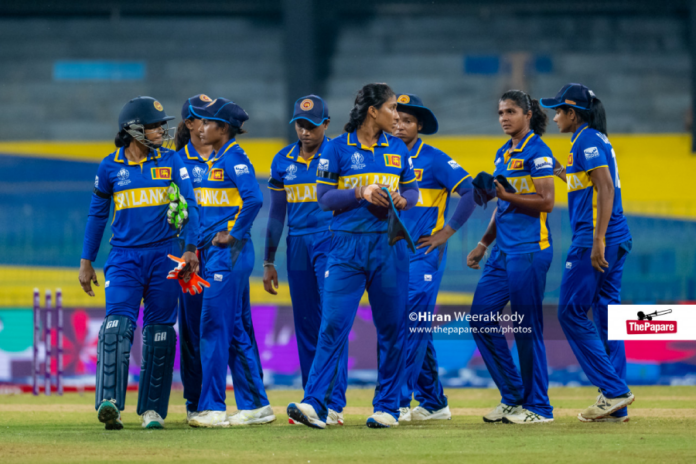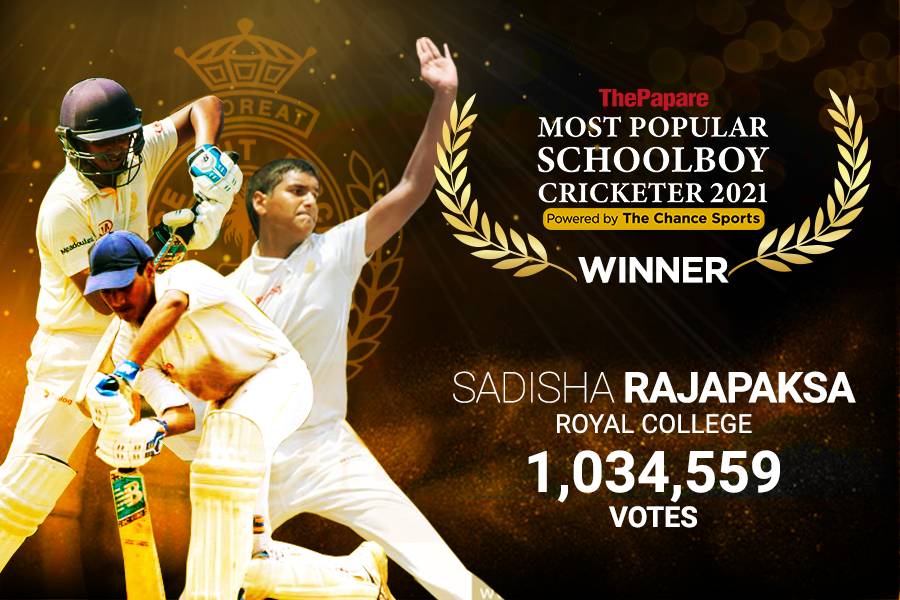We’ve come to the tail end of the Women’s World Cup, and it’s fair to say Sri Lanka’s campaign has been more a case of bad luck than bad cricket. Two of their games were washed out, another reduced to 20 overs after they’d already batted for 12 thinking it was a full fixture — a cruel twist of fate for a side looking to make waves at home.
With two matches still in hand, Sri Lanka’s realistic target now is to win both, which should secure them a sixth-place finish — or higher if other results roll their way.
Playing in familiar conditions, the Lankans fancied their chances of a semi-final berth, but butter-fingered fielding cost them dearly against India and England. Both teams were on the ropes before being handed a lifeline through dropped catches. While Sri Lanka’s ground fielding has been generally tight, their catching has been their Achilles’ heel — a flaw they’ll want to iron out before next year’s T20 World Cup in England.
It didn’t help that the fixture list threw India, Australia and England — the sport’s “big three” — at them first up. With those heavyweights out of the way, their true campaign began against New Zealand, only for the heavens to open. Having piled up 259, Sri Lanka would have backed their spinners to finish the job. Then came South Africa — and another cruel hand of fate. With the ball soaked and slippery, their spinners couldn’t get a proper grip, and the game slipped away.
Since missing out on the previous World Cup, Sri Lanka’s women have stitched together an impressive résumé, toppling India, South Africa, New Zealand, Pakistan and West Indies along the way. This home-based tournament should have been their chance to shine; instead, rain became their fiercest opponent.
If there’s a silver lining, it’s that Chamari Athapaththu no longer carries the batting load alone. Nilakshika de Silva lit up the New Zealand game, taking the bowlers to the cleaners and racing to a 26-ball half-century — the fastest of the tournament and a new national record in women’s ODIs. Vishmi Gunaratne and Harshitha Samarawickrama, meanwhile, have shown poise beyond their years, playing strokes all around the park and shaping up as the backbone of the future batting order.
Bowling remains Sri Lanka’s strongest suit — both the seamers and spinners keep things on a tight leash, sticking to their lines and lengths like pros. If only the fielders could hold their catches, this team would be sitting pretty.
Head coach Rumesh Ratnayake also deserves a pat on the back. A master craftsman of fast bowlers since the early 2000s, Ratnayake has helped the women’s team become a strong force. His calm presence and cricketing nous have rubbed off well on the players.
It’s heartening too that women’s cricket is finally turning professional. Every Sri Lankan in this World Cup will pocket at least USD 20,000, with improved match fees now ensuring they can focus solely on the game. That’s a giant step forward.
More needs to be done at the grassroots — more school participation, structured competitions and proper pathways beyond school level. The women’s team has come a long way in the past two years and their best is yet to come. They’ve shown they can weather any storm — even if the literal ones keep cutting them short.














